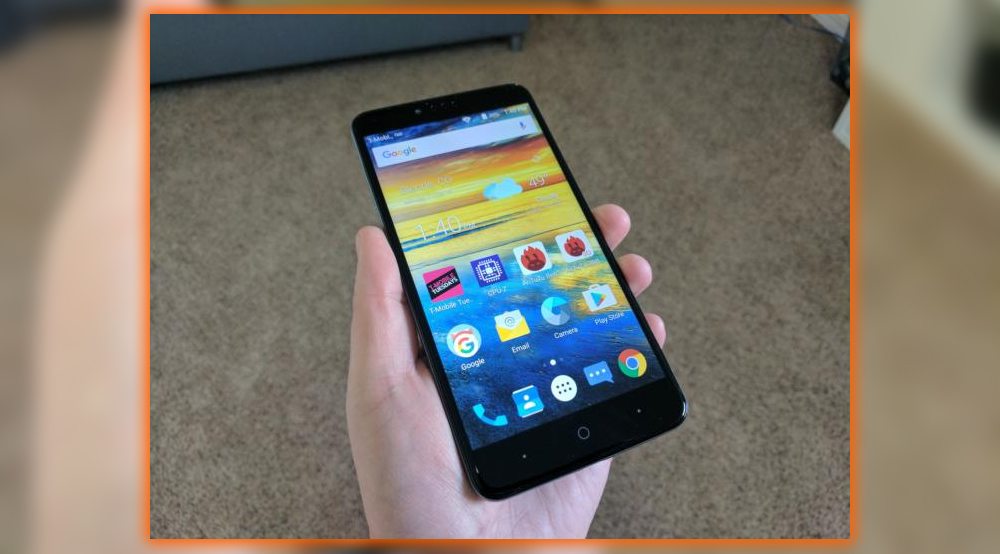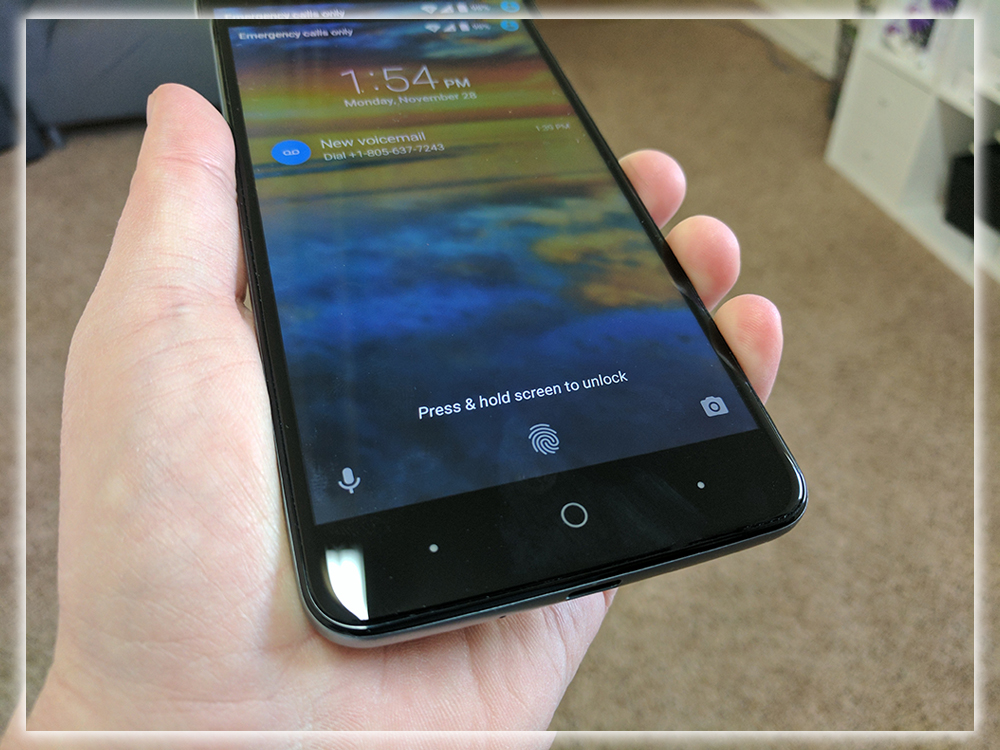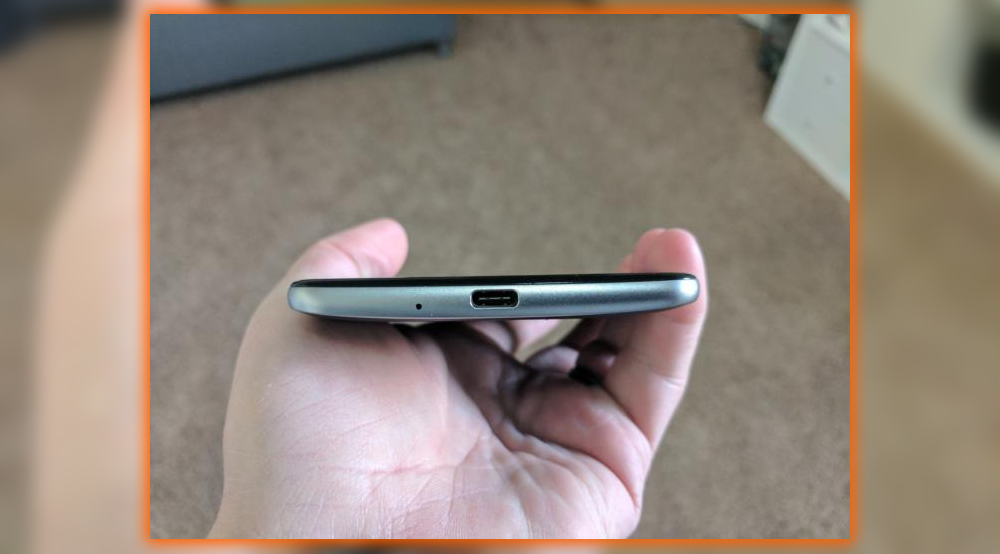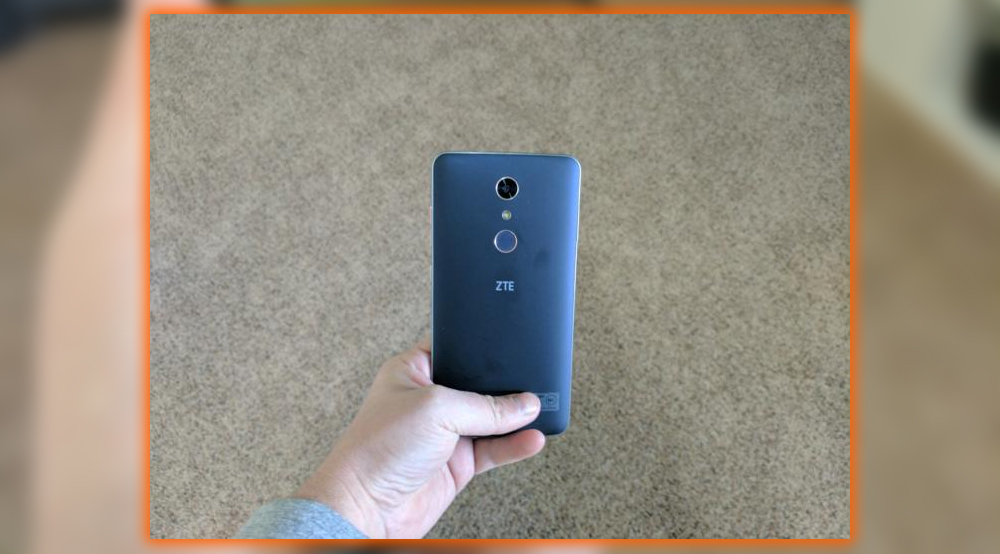Can We Stop Now?

At some point, the madness of manufacturers trying to outdo one another with a more giant phablet has to end. We’ve seen Samsung reach 5.7 inches on the Note7. Still, the company made admirable efforts to minimize the device’s overall footprint, making it feel smaller than it was.
At 6 inches, the ZMax Pro is a giant. Huge even, with ZTE doing little to hide its bulk.
It’s a complicated device to hold with one hand and doesn’t fit in my jeans pocket. Nor does it fit in my car’s cup holder.
As someone who admittedly didn’t get the fad of bigger-screened smartphones, I now love them. But at some point, this has to stop. I propose it quits with the ZMax Pro.
The ZMax Pro’s saving grace is the accessible grip material used to cover its back. Making it easier to hold on to than if the company had used smooth plastic, a mainstay on inexpensive smartphones.
The power and volume buttons are on the phone’s right side, with the SIM tray and microSD card holder on the left side. The fingerprint sensor is located on the back of the device, which is a convenient spot considering how big the phone is. The hassle would constantly be reaching down to the bottom of the screen with your thumb to unlock it.
The ZMax Pro is a good fit if you have massive hands. For nearly everyone else, it’s too much phone to handle.
Small Tweaks

The ZMax Pro runs Android 6.0 Marshmallow with ZTE’s tweaks and customizations. Some customizations include swiping left on an alert to disable notifications from an app or swiping right to clear the warning. As the case may be on other Android devices, a long press on the lock screen to unlock the device. (lapeerhealth) With the ZTE, instead, a swipe to either side or up.
Beyond those two annoying changes to how Android typically operates, the amount of customization done by ZTE to the ZMax Pro is minimal, such as app icons reskinned with a cartoon-like flair. There’s minimal bloatware installed on the ZMax Pro, with the typical T-Mobile listing of apps and little else.
Performance

The ZMax Pro’s benchmarks are near the bottom of the list regarding performance. Typically, the standards only tell part of the story regarding a phone; actual world use does. But in this instance, the low bar set by the benchmark results was mirrored in daily use.
Performance hiccups were most noticeable when I had multiple apps open and switching between them. On one occasion, I switched between apps and needed to open Chrome. I tapped on the icon and waited for at least two seconds for the phone to begin to respond. I started questioning if I even touched the app icon, which opened slowly.
For its size, the ZMax Pro has a relatively small battery at just 3,400 mAh. That’s nearly the same size battery the Pixel XL has, at 3,450mAh. You can get through a day of moderate use on the ZMax Pro, but only a little more.
Camera performance was also slow, with the time to focus and take the picture too long. In well-lit environments, the end result is a good picture. However, in low-lit scenarios, the camera is horrible.
The first photo below was taken with the ZMax Pro on automatic. The second photo was taken a few seconds later with the Pixel XL also set to automatic.


The ZMax Pro photo is dark and grainy with nearly no color. The Pixel XL photo is bright, vivid, and has plenty of colors.
Not Enough Bang for the Buck

While the ZMax Pro performance meets the minimum expectations of a $179 smartphone, it doesn’t do anything to go beyond that. In other words, this is a budget phone. Where you are getting what you pay for, unlike the similarly-priced Moto G4 line. Ultimately, you feel like you ripped Motorola off by paying so little for a phone, with performance exceeding its price tag.
That said, a budget phone with a 6-inch display is few and far between. And if having a giant screen is of utmost importance, and you’re tightly price-constrained. Then the ZMax Pro is a worthy contender.
















